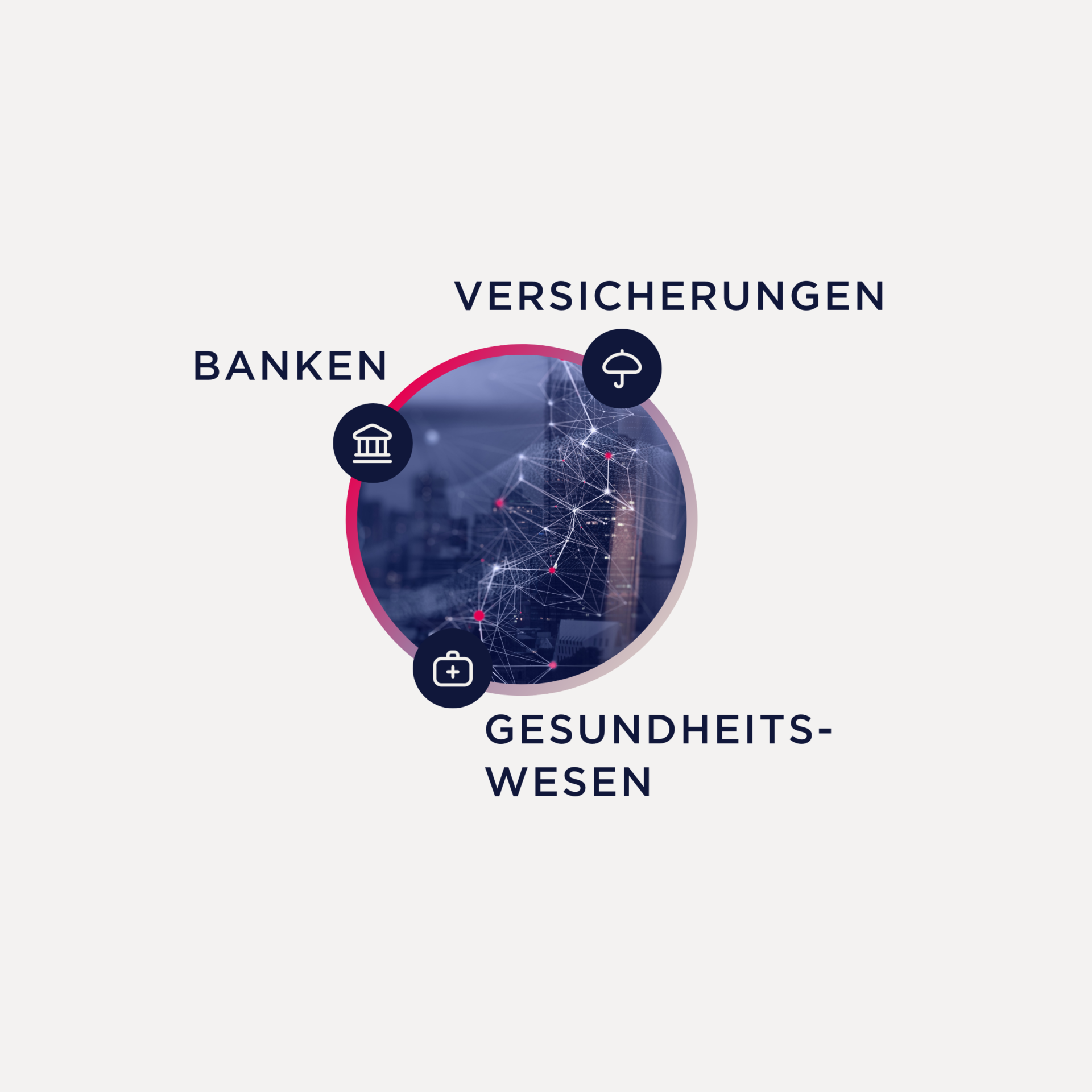Ihr partner für innovation und digitale transformation
Unsere Vision
Wir streben danach, Pionier in der Entwicklung und dem Management datengetriebener Technologielösungen zur Steigerung der Prozesseffizienz bei Banken, Versicherungen und im Gesundheitswesen zu sein. Als Ihr Partner für Innovation und digitale Transformation setzen wir auf die nachhaltige Zusammenarbeit mit etablierten Unternehmen und innovativen Startups, um gemeinsam die Zukunft der Informationsarchitektur zu prägen.
Unser Angebot
Input management
Wir optimieren den Informationsfluss aus verschiedenen Quellen, mit dem Ziel, aus unstrukturierten Daten Informationen für Ihre Geschäftsprozesse zu genieren.
Mehr dazuOutput Management
Durch die Steuerung der Kundenkommunikation sorgen wir für einen reibungslosen Ablauf und eine gezielte Ausgabe Ihrer Informationen.
Mehr dazuSoftware Innovation
Inacta Software Innovation Center ist Ihr Partner für massgeschneiderte Softwarelösungen. Vom ersten Konzept bis zur endgültigen Implementierung und darüber hinaus begleiten wir Sie durch den gesamten Entwicklungsprozess.
Mehr dazuFinancial Services
Erfahrene Experten bieten kreative Lösungen basierend auf umfangreicher Expertise in relevanten Bankbereichen an. Sie werden von einem erfahrenen Team aus Strategie-, Prozess-, Lösungs- und Cloud-Architekten unterstützt.
Mehr dazuUnser Fokus
Unsere Expertise im Technologie-Consulting, der Softwareentwicklung und Systemintegration richtet sich gezielt an Kunden in den Bereichen Banken, Versicherungen und Gesundheitswesen. Dabei setzen wir auf hochqualifizierte Teams, bestehend aus Experten mit umfassender Erfahrung.

Testimonials
Ihre Sicherheit ist uns wichtig
Unsere ISO 27001 und ISAE 3402 Zertifizierungen sind ein Zeichen für höchste Datensicherheit und Servicequalität. Bei uns sind Ihre Daten sicher und Ihre Erwartungen an Qualität erfüllt. Vertrauen Sie auf bewährte Standards und unseren engagierten Schutz Ihrer Daten.

Unsere Kunden













